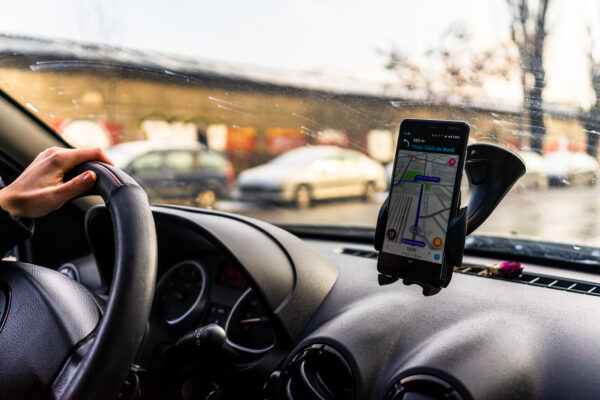Cognitive disabilities can pose unique challenges in navigating the world, making it essential to leverage innovative tools and technologies to enhance the mobility and independence of individuals facing these challenges. One such tool is the HERE WeGo app, which, when paired with assistive technologies, offers a powerful solution for people with cognitive disabilities. In this blog post, we will explore how assistive technologies and the HERE WeGo app can transform the way individuals with cognitive disabilities experience and navigate the world around them.
HERE WeGo: Your Personal Navigator
HERE WeGo is a comprehensive navigation app available on a wide range of mobile devices, designed to provide users with detailed maps, real-time traffic information, and turn-by-turn navigation. While the app caters to a broad audience, its user-friendly design and customizable features make it an excellent choice for individuals with cognitive disabilities.
Key Features of HERE WeGo:
- Clear and Simple Interface: HERE WeGo’s interface is clean and straightforward, minimizing cognitive load and confusion. Users can easily find and access the features they need.
- Voice-Guided Navigation: The app offers voice-guided, turn-by-turn navigation, providing step-by-step instructions through spoken directions. This auditory feature reduces the need for reading and interpreting maps, making it accessible to a wider audience.
- Offline Maps: Users can download maps for specific areas, enabling them to navigate even when offline. This feature is especially beneficial for individuals who may have limited data access or prefer to avoid data charges.
- Customizable Route Preferences: HERE WeGo allows users to customize their route preferences, including avoiding toll roads, highways, and other specific road types. These personalized settings provide users with a sense of control over their navigation experience.
- Public Transportation Information: In addition to driving directions, the app offers public transportation information, including schedules, routes, and nearby transit stops. This is a valuable feature for those who rely on public transportation and need assistance planning their journeys.
Assistive Technologies and HERE WeGo
Assistive technologies play a vital role in making the HERE WeGo app more accessible and user-friendly for individuals with cognitive disabilities. Here’s how various assistive technologies can complement the app:
- Screen Readers: Users can activate screen readers, such as VoiceOver for iOS or TalkBack for Android, to have the content on the screen read aloud. This is particularly useful for individuals with cognitive disabilities who may benefit from auditory information.
- Voice Commands: Many mobile devices support voice commands and virtual assistants like Siri, Google Assistant, or Amazon Alexa. Users can leverage these features to interact with HERE WeGo hands-free, simplifying the navigation process.
- Speech-to-Text and Text-to-Speech: Devices with speech-to-text and text-to-speech capabilities can be employed to convert spoken instructions and alerts from HERE WeGo into text or vice versa. This helps users better understand and communicate with the app.
- Custom Accessibility Settings: Both iOS and Android devices offer a range of accessibility settings to personalize the user experience. Features like increased font sizes, high contrast text, and simplified touch gestures can make interacting with HERE WeGo more comfortable for individuals with cognitive disabilities.
The combination of HERE WeGo and assistive technologies provides a powerful and user-friendly solution for individuals with cognitive disabilities seeking to enhance their mobility and independence. By simplifying navigation, offering customizable route options, and delivering clear, voice-guided instructions, the HERE WeGo app addresses many of the challenges that individuals with cognitive disabilities face when navigating the world.
Furthermore, with the support of assistive technologies, the HERE WeGo app becomes even more accessible, allowing users to tailor the experience to their specific needs. As technology continues to advance and become more inclusive, we can anticipate further developments in navigation and accessibility tools that empower individuals with cognitive disabilities to explore and interact with their surroundings with confidence and ease.
What is next?
In our next installment, we will delve into assistive technologies Citymapper for Cognitive disabilities.
For more information on why accessibility is important in general, you can check out my previous blog post here.
For further information on how In our next installment, we’ll explore the importance of captions for individuals with hearing disabilities and delve into how we can promote digital products using captions with semantic markup to enhance accessibility for those with hearing impairments.to make your product accessible to your audience, contact our experienced design experts, check out our Accessibility IQ for your website, download our guide Digitally Accessible Experiences: Why It Matters and How to Create Them, and read more from our UX for Accessible Design series.


Thank you for sharing good information.